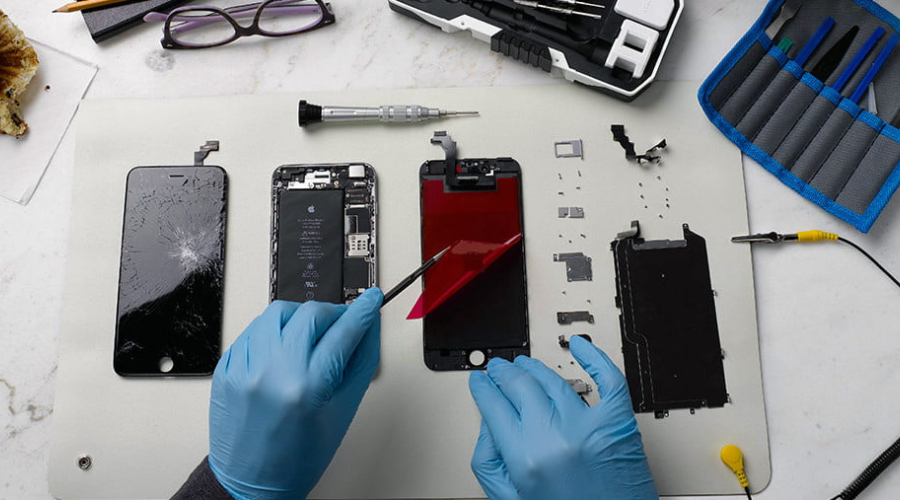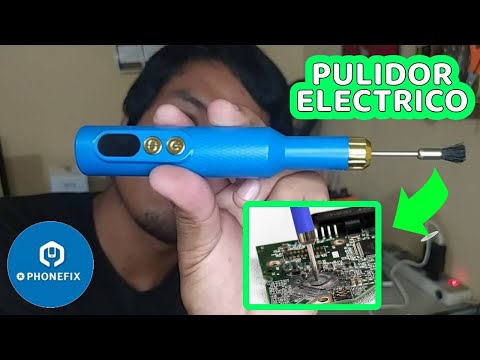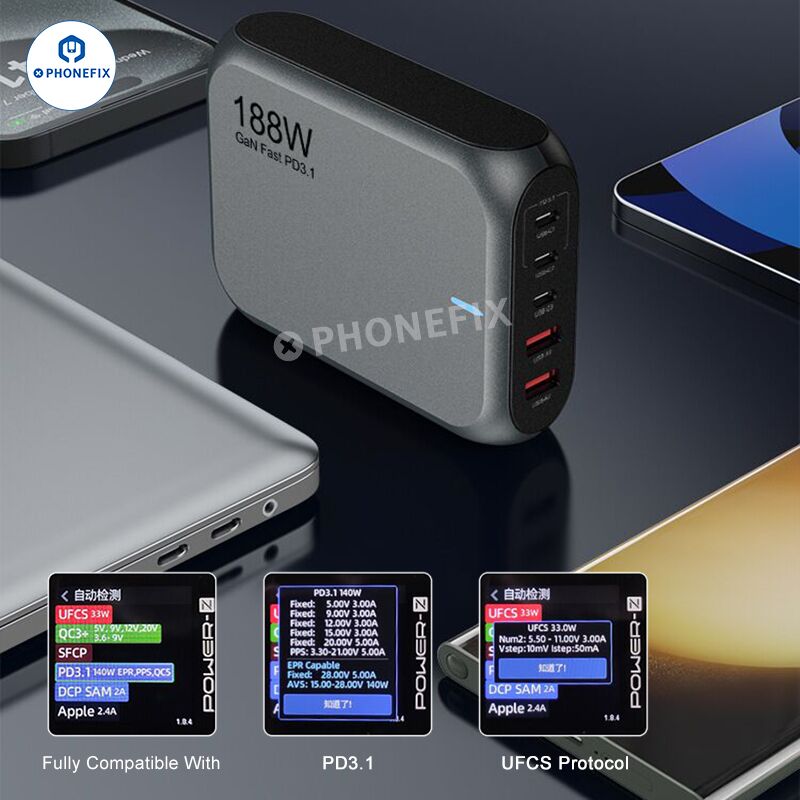The way we use computers, mobile phones and other technology has fundamentally changed with the development of touchscreen technology. Instead of using mechanical keyboards or other accessories, we can now interact with them directly to control them. While there are many components required for touchscreen devices, some of them are sometimes overlooked when it comes to digitizer assemblies. Read on as Phonefix tells you more about mobile LCD screens and digitizer assemblies.
Which iPhone LCD Parts Do You need?
To repair or replace an iPhone LCD Screen, you typically need three main components: the LCD display, the touch digitizer, and the upper glass. The LCD display is responsible for the visual output, the touch digitizer registers touch inputs, and the upper glass protects the screen. Depending on the damage, you may need to replace one or all of these parts. Additionally, having the right tools, such as screwdrivers, pry tools, and adhesive tapes, is essential for a successful repair.
There are several options for replacing screens (NOTE: not all devices provide parts separately): A fully assembled LCD, a touch screen with outer glass, a touch screen with just the outer glass panel, and an LCD alone.
iPhone LCD Display:
The LCD, positioned beneath the glass panel, creates the image that appears on your smartphone dispaly. For the majority of smartphones, you can purchase a mobile LCD screen assembly that includes the LCD, touch digitizer, and top glass.
Replace if:
The phone's display remains off.
LCD Monitor is not functional.
An LCD did break.
Several areas of the screen turn black.
Several areas of the screen turn black.
The image trembles or flickers.
The front window did shatter.
For each smartphone, it is advised that the LCD assembly be bought. If you are unsure which part of the screen is broken, replacing the entire thing will guarantee that both are working.During repairs, there shouldn't be any damage to the LCD or glass touch. Therefore, purchasing the full screen assembly is the quickest and simplest option.
iPhone Touch Digitizer:
In several gadgets, the digitizer and glass do fuse. The digitizer detects your touch, which then attaches a flex cable to screens with fused digitizers.
Replace if:
Glass dividers
The glass did not break.
Touch screen with cracks.
No icons are available for selection.
The touch screen doesn't respond at all.
After selecting an app, it takes some time for it to open.
The other components mentioned above are in fine shape but the glass did crack or chip.
The glass screen is the front glass lens that houses the LCD. Devices with an integrated LCD and digitizer have a single glass-only top screen.
The Difficulty of Repairing A Phone Screen:
The replacement of the LCD is the most simple mobile phone repair to make. It takes less than an hour to complete this repair, but some technical knowledge is helpful. To replace the LCD assembly, a few cables and screws must be removed from some devices. Additionally, because the assembly includes the glass, touch screen, and LCD, you can be sure that it will fix all standard screen issues. The glass touch digitizer can be changed if the screen components on your mobile phone or other device do not fuse. The entire assembly, which normally takes 1-2 hours in any circumstance, is the most basic repair option else. Although repairs often cost substantially less, heat the screens and dissolve the adhesive holding them to the LCD, specific tools may be used if the screen components do not fuse.
The glass touch digitizer can be changed if the screen components on your mobile phone or other device do not fuse. The entire assembly, which normally takes 1-2 hours in any circumstance, is the most basic repair option else. Although repairs often cost substantially less, heat the screens and dissolve the adhesive holding them to the LCD, specific tools may be used if the screen components do not fuse.
All mobile phones, the vast majority of other cell phones, some MPD Mobile Parts, and some tablets fall within this category. You may use a hair dryer or a heat gun for this. Next, slowly and gently pull the LCD away from the screen. For the duration of the process, DIYers must take care to prevent damaging the LCD.
Tip:
The most challenging part of the process is moving the phone's home button. It requires some heat and perseverance. Screens with the associated home button can be purchased together with other tiny parts for the easiest of all repairs. It might take fifteen to thirty minutes. You must transfer the original home button if you wish to keep the Touch ID feature, as it is only available with that button. Additionally, unlike the newer mobile devices, specific older mobile devices do not support replacing the screen with the home button. The home button feature is pre-installed on some devices' displays.
You must transfer the original home button if you wish to keep the Touch ID feature, as it is only available with that button. Additionally, unlike the newer mobile devices, specific older mobile devices do not support replacing the screen with the home button. The home button feature is pre-installed on some devices' displays.
Repairing The Phone LCD And Digitizer:
Even if both the LCD and the digitizer must be replaced, if the device has no display, a display that is distorted, or no touch response, replacement of the LCD Screen for Mobile and digitizer is required. Usually, this is needed when someone comes to us with a broken mobile phone.
To Sum Up:
You might pick up your gadget if it falls on it and try to turn it on to see what happened. There will occasionally be a display even if the screen can get damaged. Other times, the display is missing due to screen damage. Various events occur when a mobile falls. You now understand how the screen cracks and what kind of repair is necessary.
I believe that with this guide, you will be able to repair your phone and accessories with half the effort. If you have more questions, please consult Phonefix. Or if you need a series of Mobile Phone Repair Tools, we can provide them.
Detailed Tutorial: Fix Phone LCD Screen Parts and Assembly












